What Temp Does GPU Fan Turn On – Prevent Overheating!
I recently noticed my GPU fan kicking in around 55°C while gaming, which was a bit higher than expected. Adjusting the fan curve with MSI Afterburner helped it start at 50°C, keeping my GPU cooler. This small tweak made a big difference in performance and noise levels.
Most GPU fans turn on at around 50°C to 60°C (122°F to 140°F) to prevent overheating. This temperature can vary based on the GPU model and settings. Using software tools, you can adjust when the fan activates to suit your needs.
In this article, we will discuss “What Temp Does GPU Fan Turn On“.
What Is A GPU Fan?
A GPU fan is a small cooling device attached to your graphics card. It helps to keep the GPU cool by blowing air over it to remove heat. This prevents the GPU from getting too hot and helps maintain good performance.
What Temp Does GPU Fan Turn On?
The GPU fan typically turns on when the graphics card’s temperature reaches around 50°C to 60°C (122°F to 140°F). This temperature can vary depending on the GPU model and its settings.
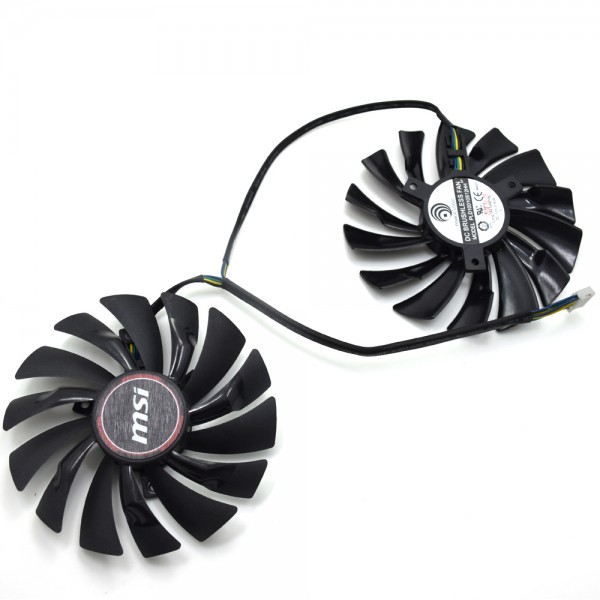
The fan starts working at this point to keep the GPU from overheating and ensure it runs smoothly. If you want to adjust when the fan turns on, you can use software tools to set your preferred temperature threshold.
How To Check When Your GPU Fan Turns On?
To find out when your GPU fan turns on, follow these steps:
1. Use Monitoring Software:
Install software tools like GPU-Z, MSI Afterburner, or EVGA Precision X1. These tools provide real-time data on your GPU’s temperature and fan speed.
2. Check Temperature Readings:
Open the monitoring software and look at the temperature readings. These tools show the current temperature and fan activity, so you can see when the fan starts operating.
3. Observe Fan Behaviour:
Watch how the fan behaves as the GPU temperature rises. You can often set alerts or track changes to understand exactly when the fan kicks in and how it responds to temperature increases.
Why Does The GPU Fan Turn On?
The GPU fan is essential for keeping your graphics card cool. Here’s why it turns on:
1. To Prevent Overheating:
As the GPU works, it generates heat. If this heat isn’t removed, the GPU can overheat, which might lead to performance issues or damage. The fan turns on to cool down the GPU and keep it within a safe temperature range.
2. To Maintain Optimal Performance:
High temperatures can cause the GPU to throttle its performance to avoid overheating. By turning on the fan, the GPU can maintain higher performance levels, ensuring smooth operation during demanding tasks like gaming or video editing.
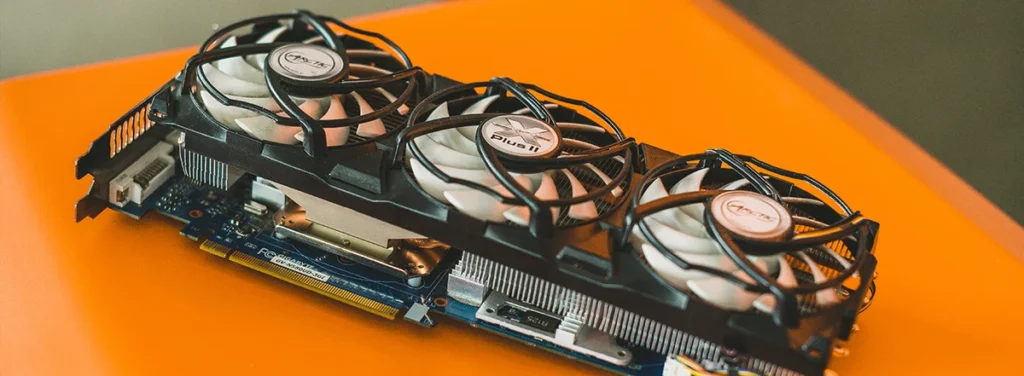
3. To Extend Hardware Lifespan:
Consistently high temperatures can shorten the lifespan of your GPU. The fan helps by keeping the GPU cooler, which can extend the life of the hardware and prevent premature wear and tear.
How To Manage Your GPU Fan Settings?
1. Use Fan Control Software:
Install fan control software like MSI Afterburner or EVGA Precision X1. These tools allow you to adjust fan settings and monitor GPU temperatures. You can set specific temperature points for when the fan should start and how fast it should run.
2. Adjust Fan Curves:
Fan control software often lets you create a “fan curve,” which is a graph that shows how the fan speed increases with temperature. Set a curve that starts the fan at a lower temperature and increases speed as the GPU heats up. This helps keep temperatures under control.
3. Clean and Maintain Your GPU:
Regularly clean your GPU and its fan to remove dust and debris. Dust can block airflow and reduce cooling efficiency. Use compressed air to blow out dust from the fan and heatsink.
4. Improve Case Airflow:
Ensure your PC case has good airflow. Install additional case fans if needed to help keep the overall temperature down. Proper case ventilation supports the GPU fan in maintaining lower temperatures.
5. Monitor Performance:
Keep an eye on your GPU temperatures and fan speeds using the monitoring tools provided by the software. Regularly check to ensure that the fan is operating as expected and adjust settings if necessary.
What To Do If Your GPU Gets Too Hot?
If your GPU gets too hot, first check if the fan is working properly and clean any dust from the GPU and its cooling system. Ensure your PC case has good airflow by adding or adjusting case fans. You can also use software to adjust the fan settings and improve cooling.
If these steps don’t help, consider upgrading your cooling solution or checking for other hardware issues that might be causing the high temperatures. Keeping your GPU cool is crucial for maintaining performance and avoiding damage.
What Should I Do If My GPU Fan Is Not Turning On?
If your GPU fan isn’t turning on, first check if it’s properly connected to the GPU and the power supply. Make sure there’s no dust or debris blocking the fan. Use monitoring software to see if the fan is set to start at the right temperature. If the fan is still not working, it might be faulty and could need replacement. Regular maintenance and checking connections can help prevent this issue.
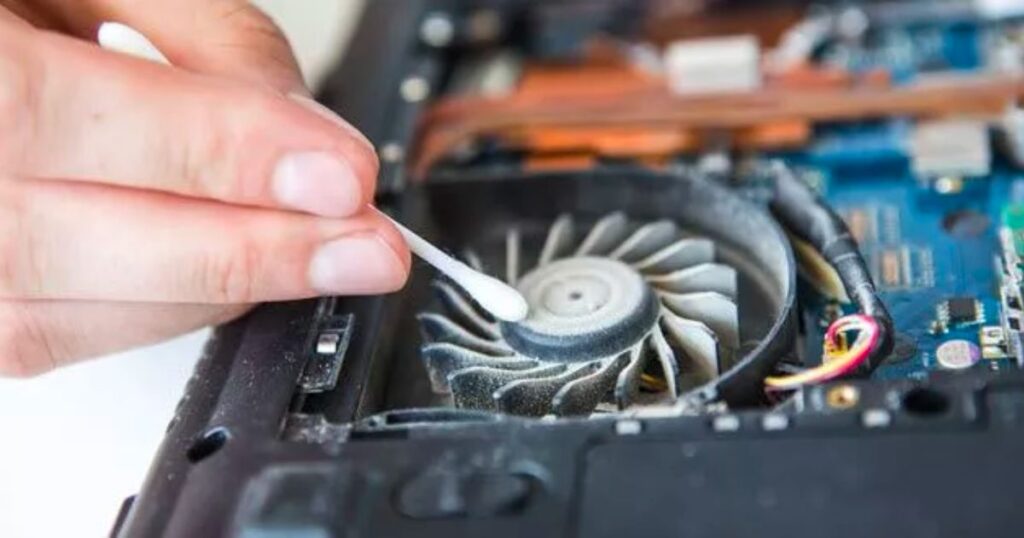
What Is A Safe Temperature For My GPU Before The Fan Turns On?
A safe temperature for most GPUs before the fan turns on is around 50°C to 60°C (122°F to 140°F). This helps prevent the GPU from overheating and ensures it runs efficiently. Check your GPU’s manual for specific recommendations, as temperatures can vary by model.
When Should I Be Concerned About My GPU Fan?
You should be concerned about your GPU fan if it doesn’t turn on at the expected temperature, makes unusual noises, or if your GPU temperatures are consistently high despite the fan running. These issues can indicate a problem with the fan or cooling system that needs attention to avoid overheating and potential damage.
How Can I Change The Temperature At Which My GPU Fan Turns On?
You can change the temperature at which your GPU fan turns on by using fan control software like MSI Afterburner or EVGA Precision X1. These programs let you set custom temperature thresholds for when the fan should start and adjust its speed, helping you manage cooling more effectively.
How Do Ambient Temperatures Affect GPU Fan Operation?
Ambient temperatures affect GPU fan operation by influencing how quickly the GPU heats up. Higher room temperatures can cause the GPU to reach its activation temperature sooner, making the fan turn on earlier and work harder to keep the GPU cool. Good airflow and cooling in your PC case can help manage these effects.
Can I Overclock My GPU Without Affecting The Fan Settings?
Yes, you can overclock your GPU without directly affecting the fan settings. However, overclocking generates more heat, so you might need to adjust the fan settings to keep the GPU cool. Using fan control software to set a more aggressive cooling profile can help manage the increased heat from overclocking.
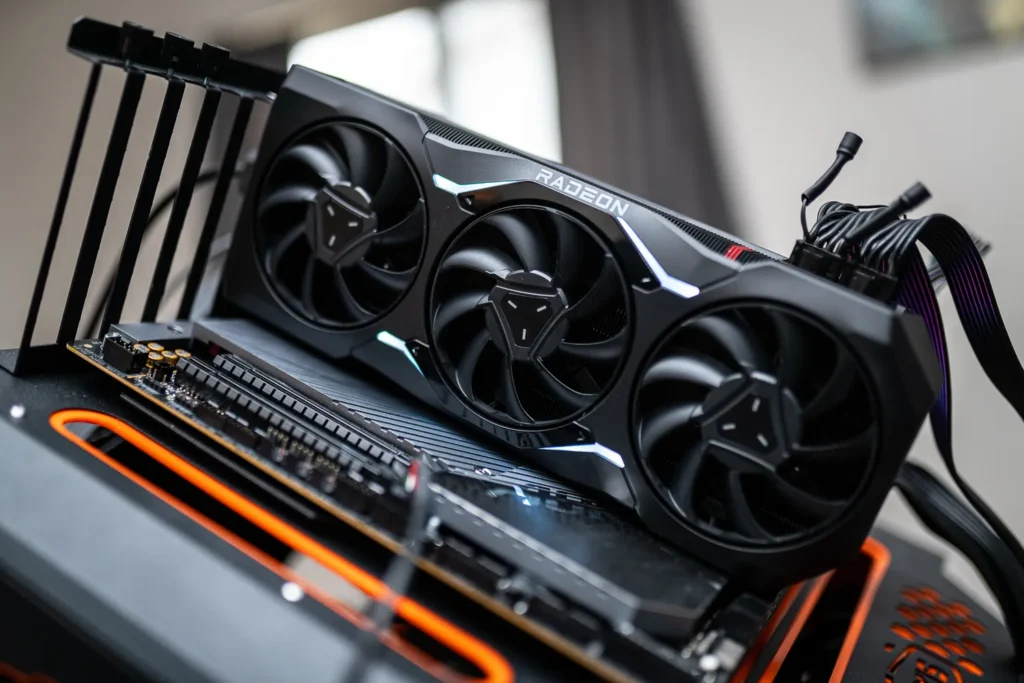
Does A Higher-End GPU Have A Different Fan Activation Temperature?
Yes, higher-end GPUs often have different fan activation temperatures compared to lower-end models. They are usually designed to handle higher temperatures and might start the fan at a higher temperature or have more advanced cooling systems. Always check the specific temperature settings for your GPU model.
How Do I Know If My GPU Fan Is Working Properly?
To know if your GPU fan is working properly, check if it spins when the GPU gets hot. Use monitoring software to see if the fan speed increases with temperature. Listen for unusual noises and ensure temperatures are kept within safe limits. If the fan isn’t functioning or if you notice high temperatures, the fan might need maintenance or replacement.
Can I Set The GPU Fan To Run Continuously?
Yes, you can set the GPU fan to run continuously by using fan control software like MSI Afterburner or EVGA Precision X1. These tools let you configure the fan to operate at a constant speed, which can help keep the GPU cooler but may increase fan noise.
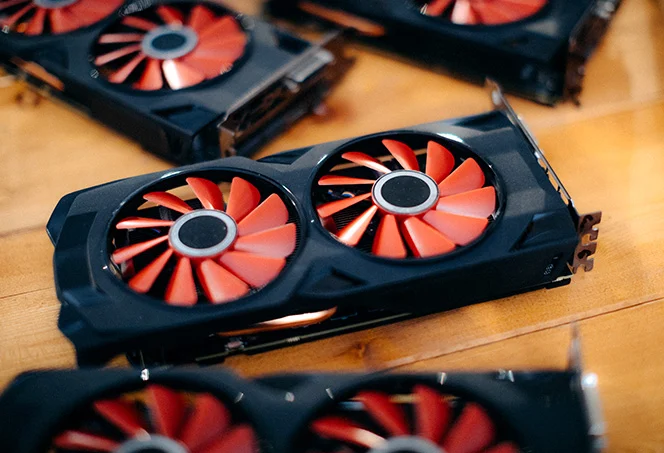
Is It Normal For My GPU Fan To Run At High Speeds?
It is normal for your GPU fan to run at high speeds when the GPU is under heavy load or high temperatures. The fan speeds up to provide extra cooling and prevent overheating. However, if it runs at high speeds constantly or makes unusual noises, it may need checking for dust or other issues.
FAQs:
1. What Is The Minimum Temperature For A GPU Fan To Start?
Most GPU fans start at around 50°C (122°F), but this can vary depending on the GPU model and settings. Check your GPU’s manual for specific details.
2. Can I Manually Set The Temperature For The GPU Fan To Turn On?
Yes, many software tools like MSI Afterburner or EVGA Precision X1 let you manually set the temperature at which the GPU fan turns on.
3. Does The GPU Fan Speed Up As The Temperature Increases?
Yes, typically the fan speed increases as the GPU temperature rises. This helps to provide better cooling as the GPU gets hotter.
4. How Can I Check If My GPU Fan Is Turning On At The Right Temperature?
Use monitoring tools like GPU-Z or MSI Afterburner to check the fan activation temperature and speed. These tools provide real-time data on your GPU’s performance.
5. Why Does My GPU Fan Sometimes Turn On Even When The Temperature Is Low?
The fan might turn on due to other factors, like system settings or software profiles, which might start the fan at lower temperatures to ensure early cooling.
6. What Should I Do If My GPU Fan Activates Too Late?
If the fan activates too late, it might not provide adequate cooling. Adjust the fan curve settings using software to ensure it turns on at a lower temperature.
7. Can Overheating Affect The GPU Fan’s Performance?
Yes, if the GPU overheats frequently, it can strain the fan, causing it to wear out faster or become less effective. Proper cooling and regular maintenance are important.
8. Are There Different Fan Activation Temperatures For Different GPU Models?
Yes, different GPU models have different fan activation temperatures based on their design and cooling systems. Always refer to the GPU’s specifications for accurate information.
Conclusion:
In conclusion, most GPU fans turn on at temperatures between 50°C and 60°C (122°F to 140°F) to prevent overheating and ensure optimal performance. You can adjust this activation temperature using fan control software to better manage cooling based on your needs. Regularly monitoring and maintaining your GPU fan is crucial for keeping your graphics card in good condition and preventing potential issues.






